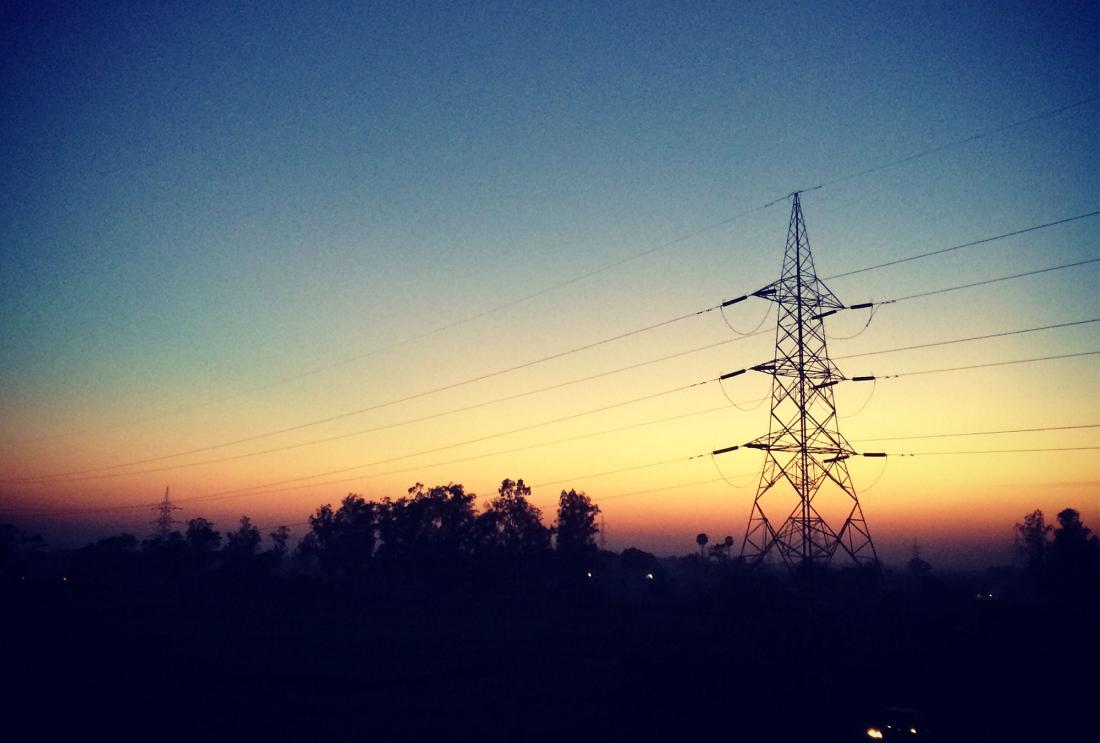Light up Bihar, India
- Energy access
- Service provider performance
- Community participation
- Housing and neighborhoods
- Social networks
Over 1 billion people, including 300 million in India, do not have access to electricity. In areas that do have electricity, theft and other power loss can account for nearly 50 percent of the energy distributed to consumers. In an ongoing study in India, researchers are partnering with the Government of Bihar Energy Department to test the effectiveness of a group payment incentive through which neighborhoods can earn more reliable electricity supply.
Policy issue
Over 1 billion people, including 300 million in India, do not have access to electricity. In India, lack of electricity is widely viewed as one of the biggest constraints on economic growth. While electricity alone may not lead to economic growth, it is difficult to produce and transport goods, run a business, or complete some basic household activities without access to some form of energy.
Setting up an electricity grid, as with many other urban services, requires upfront investment in expensive infrastructure. As such, traditional power companies may find it too costly to extend the electric grid to rural and suburban areas. Once set up, many companies struggle to collect enough revenue to maintain, expand, or otherwise invest in the grid. Given the high cost associated with developing the grid and the challenge of collecting payments from consumers, many companies have difficulty providing basic electricity access to those who need it. Can a payment system that incentivizes a neighborhood to repay together boost revenue collection?
Context of the evaluation
The average person in Bihar, a state in northeast India, consumes approximately 122 kilowatt hours (kWh) of electricity per year. This is roughly the amount of electricity required to power one light bulb for twelve hours per day for a year. It is also less than one-fifth of the yearly consumption of the average Indian (626 kWh) and less than one percent of average yearly consumption in the United States (12,325 kWh).
While Bihar has increased its capacity to generate or purchase enough energy for its citizens, distribution companies still lose a large amount of energy when delivering electricity to consumers. Nearly all customers have power meters and most are issued bills, yet companies only manage to collect revenue for 35 percent of the power delivered. In some areas, “distribution loss” from theft, unmetered electricity use, and poorly maintained infrastructure can account for nearly 50 percent of the energy that distribution companies deliver to consumers.

Details of the intervention
Researchers are partnering with the Government of Bihar Energy Department to test the effectiveness of a group payment incentive for revenue collection. Neighborhoods are randomly assigned to have electricity usage linked to and monitored by a power meter for the entire neighborhood, called a feeder, rather than for individual households. Under the group payment system, electricity supply is linked to neighborhood payments, meaning the daily hours of electricity a neighborhood receives increases with th e share of the total bill paid by households. To announce and market the new payment system, utility companies will use customer bills, public notices, and text messages.
To measure the impact of the group payment incentive, researchers will obtain administrative data on energy use and payments and collect information on household members’ time use, employment, and educational outcomes. Researchers will also examine the responses of businesses, including productivity, operating hours, inventory, income, and the formation of new enterprises.
Results and policy lessons
Study ongoing, results forthcoming.

